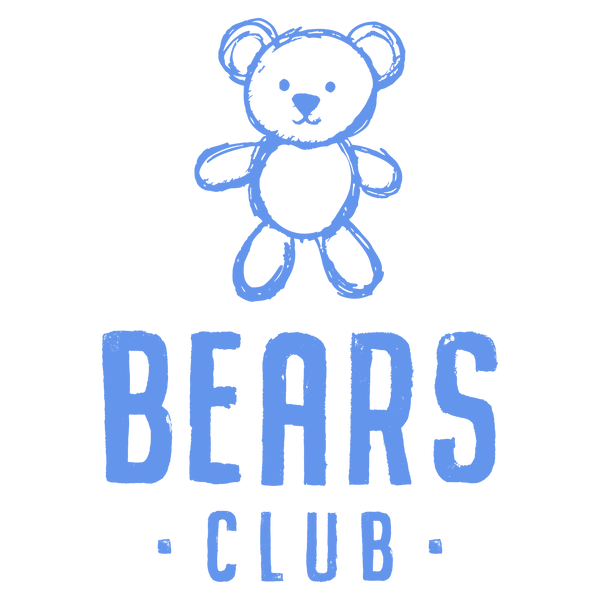STARTING SOLIDS & CHOKING FIRST AID: WHAT EVERY PARENT NEEDS TO KNOW

Share
Introducing solids is one of the biggest (and messiest!) milestones in your baby’s first year. For many parents, it’s a mix of excitement, seeing your baby explore new flavours and textures, but can also bring anxiety, especially when it comes to the risk of choking.
The recent heartbreaking story of two year old Lauren Boland, who tragically lost her life in 2023 to choking, has shocked parents across Ireland. Her family have often been in my thoughts since I heard their story last year. Her brave parents have made us all aware of how essential it is to be prepared for an emergency and know choking first aid.
While nothing can erase the pain of such a loss, education and awareness can enable us to create safer feeding environments for our little ones. This blog will gently guide you through recognising when your baby is ready for solids, how to reduce choking risk, the difference between gagging and choking, and what to do in an emergency.
When Is My Baby Ready to Start Solids?
The World Health Organization, HSE, and NHS all recommend starting solids around 6 months of age. This is when most babies are developmentally ready to begin exploring food safely alongside breast or formula milk.
Your baby may be ready if they can:
● Sit upright with good head and neck control
● Bring objects to their mouth and chew on them
● Show interest in food (watching you eat, reaching for food, opening their mouth when offered)
It’s important not to start solids before 17 weeks (4 months) as babies’ digestive and immune systems are still developing. I often hear parents saying they started their baby on solids early because they were hungrier or waking more at night, but it is important to know that this isn’t a sign of developmental readiness.
Gagging vs. Choking: What’s the Difference?
One of the most important things to understand when starting solids is the difference between gagging (normal) and choking (an emergency).
Gagging is part of learning. It’s a protective reflex that babies are born with to prevent choking. In fact, your baby’s gag reflex is positioned further forward in their mouth than yours, meaning they gag more easily, especially when learning to chew and swallow.
Signs of gagging:
● Loud retching or coughing
● Going red in the face
● Pushing food forward or out of the mouth
● Baby stays responsive and breathing
Gagging may look and sound scary, but it’s actually a normal developmental process and is baby learning to protect their airway. Try not to panic! Stay right beside them, remain calm, give your baby time, and let them work it out.
Choking, on the other hand, is when the airway is blocked and baby cannot breathe.
Signs of choking:
● Silence — baby cannot cry, cough, or make noise
● Struggling to breathe or turning blue/pale
● Looking panicked
● Loss of consciousness (in severe cases)
If this happens, you must act immediately.
What To Do If Your Baby Is Choking
If your baby is choking and not breathing properly:
1. Call 112 or 999 immediately, or ask someone else to call while you begin first aid.
2. Give up to 5 back blows
○ Lay baby face down along your forearm or thigh
○ Support their head and neck
○ Use the heel of your hand to give 5 firm blows between the shoulder blades
3. Give up to 5 chest thrusts
○ Turn baby face up, keeping their head lower than the chest
○ Use two fingers in the centre of the chest, just below the nipples
○ Push down firmly and quickly
4. Repeat back blows and chest thrusts until the object is removed or emergency help arrives.
Afterward, your baby should always be seen by a healthcare professional, even if they seem fine. If the child becomes unresponsive, you need to start CPR.
How To Reduce Choking Risk
Here are some practical ways to keep feeding safe:
- Always supervise your baby while eating: sit with them, make eye contact, and avoid distractions like phones or TV.
- Sit baby upright in a highchair with good back and foot support.
- Serve safe food textures
- Start with soft, mashable foods like cooked vegetables, mashed banana, or soft scrambled eggs
- For finger foods, cut into strips about the size of your finger
Modify risky foods:
● Halve or quarter grapes and cherry tomatoes lengthwise
● Grate or steam hard veg like carrots and apples
● Spread nut butters thinly on toast or mix into yoghurt
Avoid until at least 4 years old:
● Whole grapes or cherry tomatoes
● Whole nuts
● Popcorn
● Marshmallows, hard sweets,
● Raw carrot or apple chunks
Building Confidence
Starting solids is a big step, and yes, it comes with a few nerves. But with the right information and a little practice, it becomes a joyful experience. We can't prevent every accident, but we can be prepared.
Let Lauren Boland’s story stay with us, not just in grief, but in action. Let it encourage us as parents to seek knowledge, stay alert, and take steps to make feeding safer for all our children.
Through my collaboration with Bears Club at Ask The Midwife, I will be demonstrating choking first aid, with hands-on practice. If you won't make it to the pop up event I would love to provide a private CPR & Choking class for you! Often parents combine this with my Starting Solids class. Let's take the anxiety out of Starting Solids. Take a look at my website here to book your workshop.
Cheering you on through this wonderful journey of parenthood,
The Mama Coach - Emma Lewis RGN RCN RM Registered Children's & General Nurse, Registered Midwife
